Breadcrumb
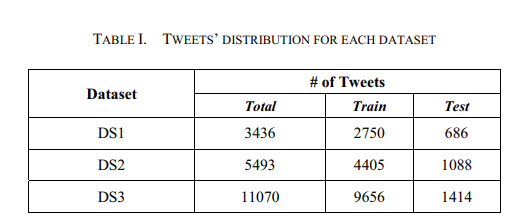
Which configuration works best? an experimental study on supervised Arabic twitter sentiment analysis
Arabic Twitter Sentiment Analysis has been gaining a lot of attention lately with supervised approaches being exploited widely. However, to date, there has not been an experimental study that examines how different configurations of the Bag of Words model, text representation scheme, can affect various supervised machine learning methods. The goal of the presented work is to do exactly that. Specifically, this work examines which configurations work best for each of three machine learning approaches that have shown good results when applied on the task of sentiment analysis, namely: Support
Correlation between protocol selection and packet drop attack severity in ad hoc networks
Mobile Ad hoc Network (MANET) are self-configuring, dynamic, networks that consist of nodes with various capabilities communicating through a wide spectrum of frequencies. Such flexibility in infrastructure and design comes with great risks in form of attacks on its nodes and the routing protocols that connect the network together. The aim of this paper is to explore the correlation between the attack severity and the protocol used. In this paper, the comparison will be mainly between the Dynamic Source Routing (DSR) protocol, and the Ad-Hoc On-Demand Distance Vector (AODV) protocol and how
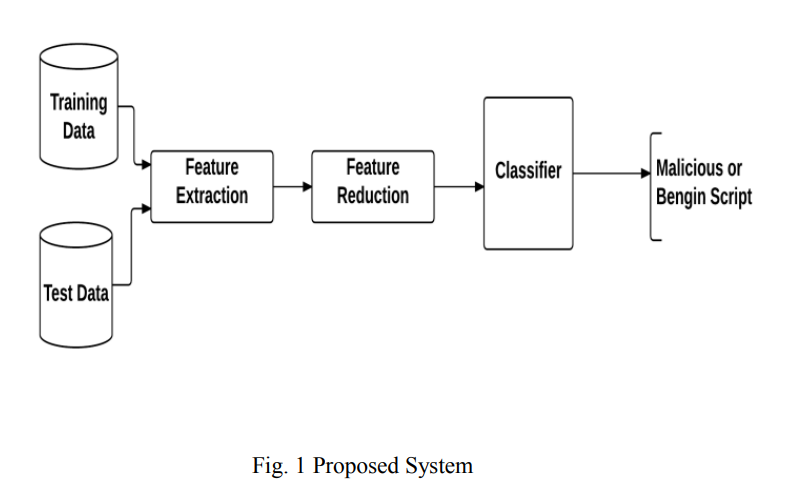
Malicious VBScript detection algorithm based on data-mining techniques
Malware attacks are amongst the most common security threats. Not only malware incidents are rapidly increasing, but also the attack methodologies are getting more complicated. Moreover malware writers expand in using different platforms and languages. This raises the need for new detection methods which support more reliable, low resource consuming and fast solutions. In this paper, a new algorithm has been proposed based on machine learning techniques and static analysis features to detect malicious scripts specifically for VBScript files. Experimental results show that the proposed

Sentiment Analysis using Machine Learning and Deep Learning Models on Movies Reviews
The huge amount of data being generated and transferred each day on the Internet leads to an increase of the need to automate knowledge-extraction tasks. Sentiment analysis is an ongoing research field in knowledge extraction that faces many challenges. In this paper, different machine learning, neural networks, deep learning models were evaluated over the IMDB benchmark dataset for movies reviews. Moreover, various word-embedding techniques were tested. Among all the presented models, the results of this work showed that the Long Short-Term Memory (LSTM) model with Bidirectional Encoder
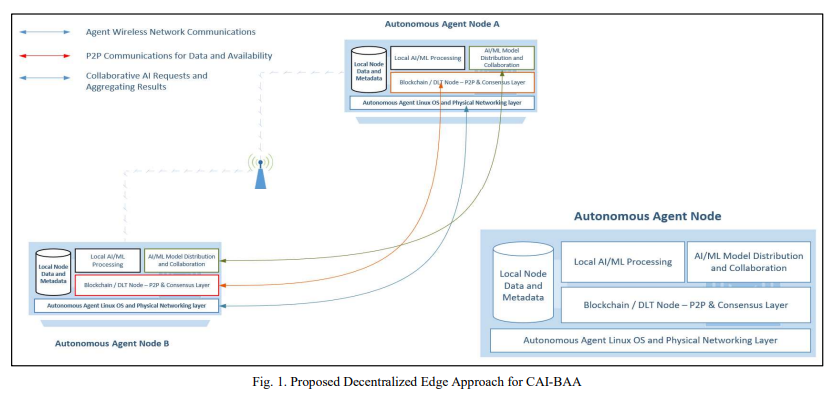
Modeling Collaborative AI for Dynamic Systems of Blockchain-ed Autonomous Agents
Artificial Intelligence has been strongly evolving disrupting almost every research and application domain. One of the key attributes - and at the same time an enabler - of today's innovations is the massive connectivity resulted in the opportunity to exploit Artificial Intelligence across distributed network of self-contained smart agents those could range from software bots to complex devices like autonomous vehicles, IoT collations, UAVs and Robot Swarms. Such heterogenous networks of Autonomous Agents could differ in size, networking topology, protocols, computing profiles, algorithms

Impact of COVID-19 on Information Technology Sector in Egypt
Pandemics raise huge challenges yet brought several opportunities. The sudden attack of COVID-19 revealed the importance of the information technology (IT) applications. The Reliance on the IT sector has become imperative to ensure sustainability and to raise most sectors' performance efficiency, especially the services' ones. This study applied PESTEL analysis to evaluate the current status of IT in Egypt. SWOT analysis was performed to explore points of strength, weakness, opportunities, and threats that face the IT sector in Egypt as a result of the COVID19 attack. The process of foreseeing
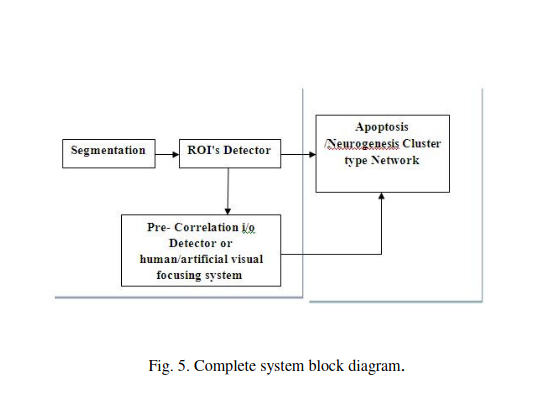
Novel computational apoptosis-neurogenesis model for multi-abstraction level perception
artificial neural network provides a cybernetic model that is similar to human intelligence in terms of parallel processing, generalization and memory stacking on the same neural network. From the era of neurogenesis, research models expect the rules that govern new neuron to depend on old mature circuitry. Other research models show the existence of catastrophic interference associated with new neurons if species is exposed to variable information content environment. In this work, the model developed provides a theoretical framework for a novel attention sensitive neural network as well as
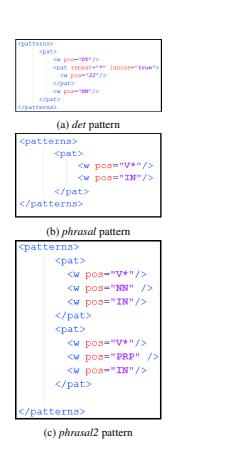
Detecting and Integrating Multiword Expression into English-Arabic Statistical Machine Translation
In this paper we introduce a new method for detecting a type of English Multiword Expressions (MWEs), which is phrasal verbs, into an English-Arabic phrase-based statistical machine translation (PBSMT) system. The detection starts with parsing the English side of the parallel corpus, detecting various linguistic patterns for phrasal verbs and finally integrate them into the En-Ar PBSMT system. In addition, the paper explores the effect of cliticizing specific words in English that have no Arabic equivalent. The results, which reported with the BLEU scores, showed that some patterns achieved

NileTMRG at SemEval-2016 task 5: Deep convolutional neural networks for aspect category and sentiment extraction
This paper describes our participation in the SemEval-2016 task 5, Aspect Based Sentiment Analysis (ABSA). We participated in two slots in the sentence level ABSA (Subtask 1) namely: aspect category extraction (Slot 1) and sentiment polarity extraction (Slot 3) in English Restaurants and Laptops reviews. For Slot 1, we applied different models for each domain. In the restaurants domain, we used an ensemble classifier for each aspect which is a combination of a Convolutional Neural Network (CNN) classifier initialized with pretrained word vectors, and a Support Vector Machine (SVM) classifier

NileTMRG at SemEval-2016 Task 7: Deriving prior polarities for Arabic sentiment terms
This paper presents a model that was developed to address SemEval Task 7: "Determining Sentiment Intensity of English and Arabic Phrases", with focus on 'Arabic Phrases'. The goal of this task is to determine the degree to which some given term is associated with positive sentiment. The underlying premise behind the model that we have adopted is that determining the context (positive or negative) in which a term usually occurs can determine its strength. Since the focus is on Twitter terms, Twitter was used to collect tweets for each term for which a strength value was to be derived. An Arabic
Pagination
- Previous page ‹‹
- Page 9
- Next page ››
